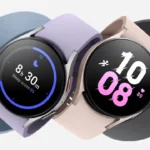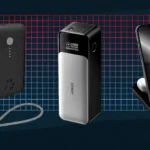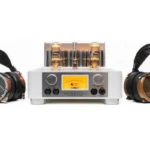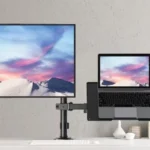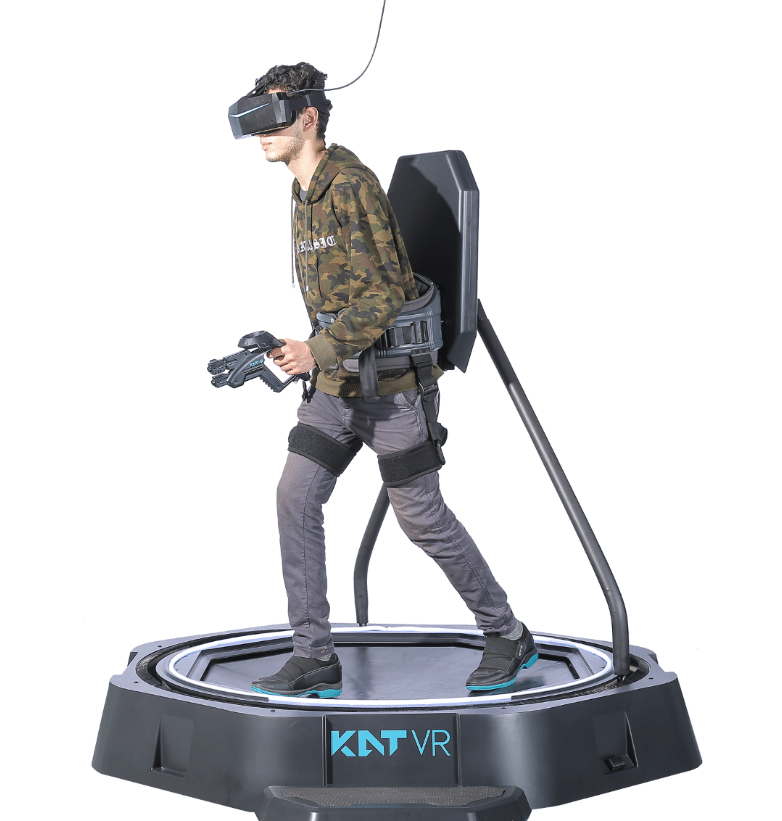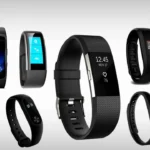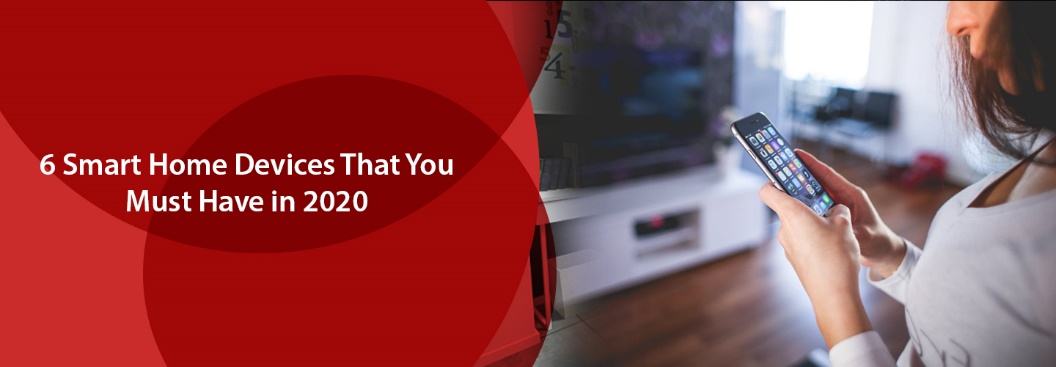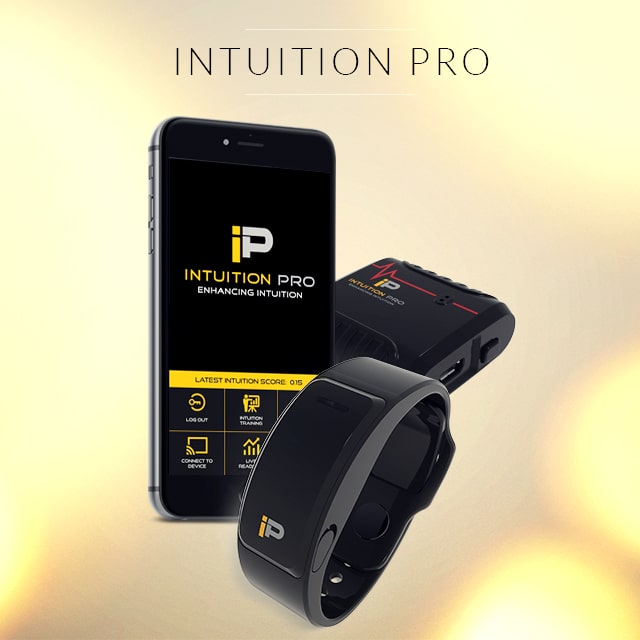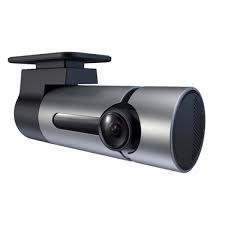Augmented Reality (AR) is transforming how we interact with the world, blending digital content with our physical environment in real-time. Unlike virtual reality, which fully immerses users in a computer-generated space, AR enhances the real world by overlaying interactive elements—like 3D graphics, information, or effects—onto what you see around you. It turns your everyday surroundings into a dynamic, responsive canvas.

At the heart of this evolving tech is passthrough AR, a game-changing feature found on devices like the Meta Quest 2, Quest 3, and Quest Pro. Unlike smartphone AR, which layers visuals over a camera feed on your screen, passthrough on the Meta Quest allows you to experience AR with a deeper sense of immersion and realism—because you’re wearing it.
Here’s how it works: Meta Quest headsets are equipped with external cameras that capture a live view of your environment. This video feed is processed in real time and displayed inside the headset, effectively letting you “see through” the device. That’s the “passthrough” part—you’re seeing the real world through the headset’s eyes.
Once the passthrough feed is live, the headset’s onboard computing power kicks in. Using spatial tracking and environmental mapping, it anchors virtual objects to real-world surfaces and spaces. Whether it’s a floating holographic dashboard, a virtual pet walking on your floor, or immersive story elements surrounding your living room, the headset keeps everything aligned with your environment as you move.
The Meta Quest 3, in particular, has taken passthrough AR to the next level with full-color, high-resolution cameras and enhanced depth sensing. This allows for more natural lighting, better spatial awareness, and smoother integration of virtual and physical elements. Instead of clunky overlays, you get digital experiences that feel like they truly exist in your space.
Passthrough AR is opening the door to new forms of entertainment, productivity, and interaction. From games and art installations to virtual workspaces and educational tools, the potential is vast. And as hardware continues to improve, we’re inching closer to seamless, mixed-reality experiences that could eventually replace screens altogether.
In short, passthrough AR is the bridge between our physical world and the digital universe—and platforms like Meta Quest are leading the charge in making that future not just possible, but playable.

I’m Kelly Hood! I blog about tech, how to use it, and what you should know. I love spending time with my family and sharing stories of the day with them.

